Image Data Repositories
Image Data Repositories
* version 1 - 20210428Wed.
|
I encourage all JHU researchers to: 1. Publish in an immediate Open Access journal. Yes, there may be an O.A. charge (in addition to, or buried within 'page charges'). so what? Your publication's total costs (direct, indirect, everyone's salaries, overhead, 'rent' to JHU, reagents, microscope time, etc) is probably $500,000, so if total publication charges are $5,000 for one study, trivial amount compared to total cost. 2. Provide full methods in each of your manuscripts (an extra page or two of full details is much better than citing an earlier paper that cites an earlier paper ,,, that cites a long retired microscope. 3. Publish ALL your data that went into your study with Open Data Access. the text below lists JHU's CRAEDL 'open data repository' for JHU staff (conceivably, UMd, Towson State, other Universities could 'buy in' to the site) and other sites. I note that some sites might merge (or become defunct) by the time you read this. The Allen Cell Explorer is through the Allen Institute(s) - funded by Paul Allen's estate (cofounder of Microsoft); The Chan-Zuckerberg Initiative ("CZI", Zuck being the cofounder and CEO of FaceBook) have lots of money any may underwrite a current or future data repository. 4. A useful way to think about research whose data is NOT open, is: What are they hiding? for example: did they acquire data, or just fake it? 5. Be sure to make sure no PHI -- Protected Health Information -- or other "HIPAA compliance" triggering information is anywhere in your data. To faciilitate patient protection, never put patient identifier information on microscope slide labels, filenames or annotation in images or metadata -- or even folder names. I note that even if a patient "gives consent", they can withdraw their consent at any time. Better to avoid any linkage to them from the start of your project. 6. JHU has strict data policies, for example, if a graduate student, postdoc, staff scientist, technician, undergraduate, etc, or faculty member "moves on", by default, they do not have access to the data: JHU owns and controls it. If you post all the data from your studies here on CRAEDL or other open data repository, you can access it even if you leave. You just need to cite the DOI (web address) of the dataset, and reference the primary publication. |
Online image repositories summarized below. I note that JHU researchers can post ANY and ALL their data to JHU's https://www.craedl.org
Craedl—the Collaborative Research Administration Environment and Data Library—is designed to support academic research by integrating cloud data storage, sharing, and discovery; research group project management; and institutional research administration. We provide secure, scalable research data management resources that allow academic research teams to focus on their core research so they can increase their productivity, improve their organization, and advance the state of their art.
https://doi.org/10.1101/2021.04.25.441198;
Hammer et al 2021 bioRxiv - Towards community-driven metadata standards for light microscopy: tiered specifications extending the OME model
April 26, 2021 version.
page 5 (see below for full references): Furthermore, the increasing availability of public image repositories (e.g., Movincell (58), Image Data Resource - IDR (55), Electron Microscopy Public Image Archive - EMPIAR (59), Bioimage Archive (60), Allen Cell Explorer (61), the Cochin Image Database (62), the Cell Image Library (63), the RIKEN Systems Science of Biological Dynamics database - SSBD (64), and the NIH CELL Image Library (65)), will undoubtedly increase the need for community-wide documentation and quality control standards, which can adapt to new technologies.
GM note: with respect to light microscopy metadata, preprint failed to cite:
no mention of ... Minimum information specification for in situ hybridization and immunohistochemistry experiments (MISFISHIE).
Deutsch EW, Ball CA, Berman JJ, Bova GS, Brazma A, Bumgarner RE, Campbell D, Causton HC, Christiansen JH, Daian F, Dauga D, Davidson DR, Gimenez G, Goo YA, Grimmond S, Henrich T, Herrmann BG, Johnson MH, Korb M, Mills JC, Oudes AJ, Parkinson HE, Pascal LE, Pollet N, Quackenbush J, Ramialison M, Ringwald M, Salgado D, Sansone SA, Sherlock G, Stoeckert CJ Jr, Swedlow J, Taylor RC, Walashek L, Warford A, Wilkinson DG, Zhou Y, Zon LI, Liu AY, True LD.
Nat Biotechnol. 2008 Mar;26(3):305-12. doi: 10.1038/nbt1391. PMID: 18327244
Hammer et al public image repositories references 58-65 (plus 66 on recommended metadata):
58. Observatoire Océanologique de Villefranche Sur Mer. MULTI-DIMENSIONAL MARINE ORGANISMS DATAVIEWER.
Movincell (2015). at <http://movincell.org/>
59. Iudin, A., Korir, P. K., Salavert-Torres, J., Kleywegt, G. J. & Patwardhan, A. EMPIAR: a public archive for raw electron microscopy image data. Nat. Methods 13, 387–388 (2016).
60. Ellenberg, J. et al. A call for public archives for biological image data. Nat. Methods 15, 849–854 (2018).
61. Allen Institute of Cell Science. Allen Cell Explorer. www.allencell.org/ (2018). at <https://www.allencell.org/>
62. Guilbert, T. Cochin Image Database. Cochin Image Database (2019). at <https://imagerie.cochin.inserm.fr/sis4web/login.php>
63. Center for Research in Biological Systems. The CRBS Cell Image Library. www.cellimagelibrary.org (2019). at <http://www.cellimagelibrary.org/home>
64. Tohsato, Y., Ho, K. H. L., Kyoda, K. & Onami, S. SSBD: a database of quantitative data of spatiotemporal dynamics of biological phenomena. Bioinformatics 32, 3471–3479 (2016).
65. Orloff, D. N., Iwasa, J. H., Martone, M. E., Ellisman, M. H. & Kane, C. M. The cell: an image library-CCDB: a curated repository of microscopy data. Nucleic Acids Res. 41, D1241–50 (2013).
66. Sarkans, U. et al. REMBI: Recommended Metadata for Biological Images - realizing the full potential of the bioimaging revolution by enabling data reuse. Nat. Methods In press (NMETH-CM44106B), (2021).




